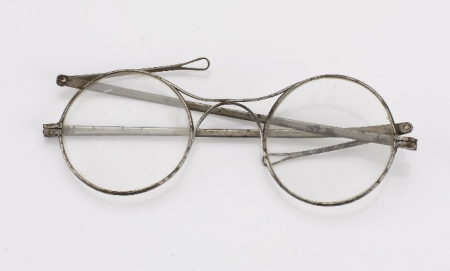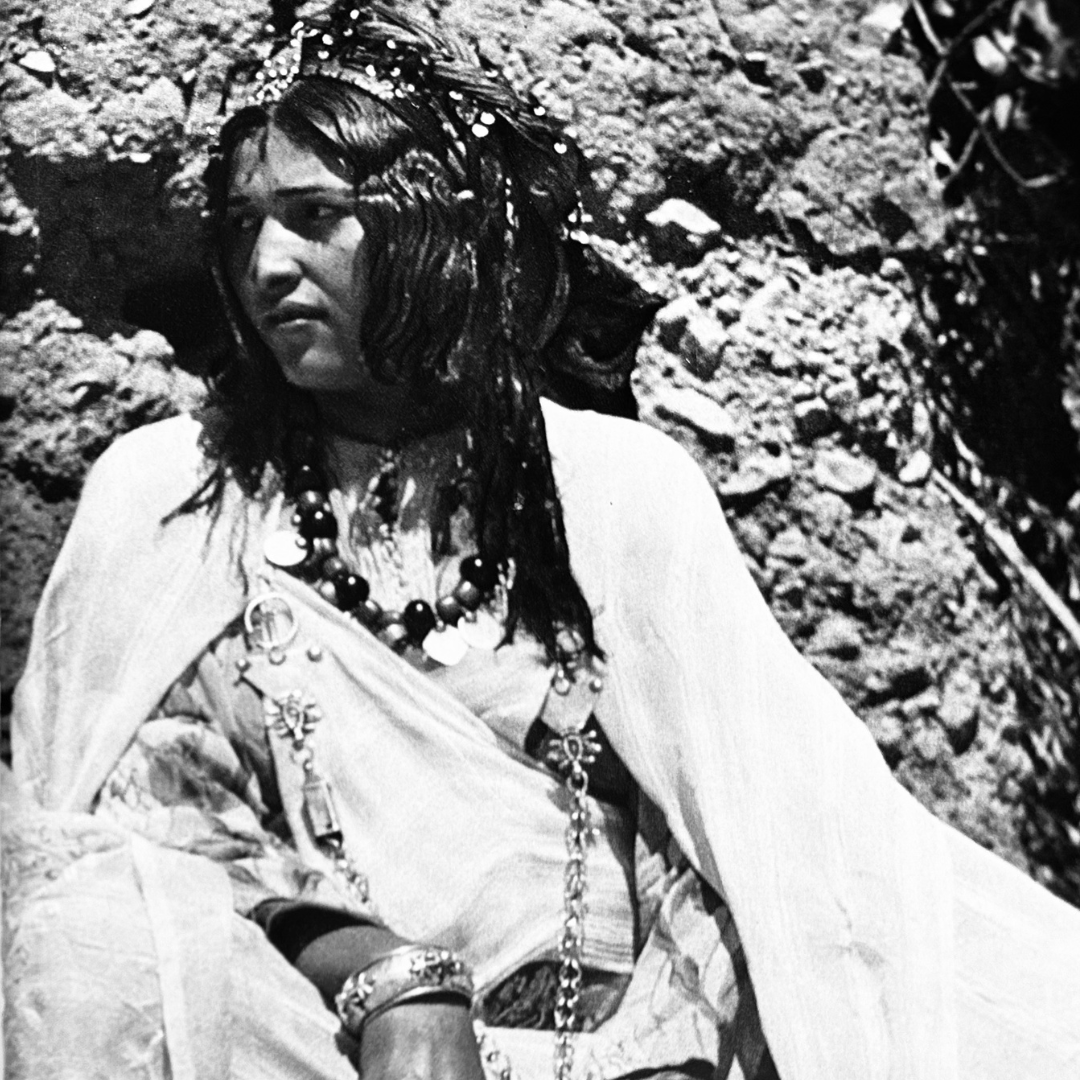A Foundational Past
The history of eyeglasses traces back to the 13th century in Italy, where they were primarily used by monks to alleviate eye strain during manuscript writing and reading. Gradually, these invaluable aids to vision found their way to the nobility. It wasn't until the 15th century, with the advent of printing and increased literacy, that eyeglasses became more accessible to the general population.
A Nail That Gave Birth to the First French Eyeglasses
In the 19th century, the Jura region in France, particularly Morez, was the hub of the eyewear industry boom. This was made possible by established metallurgical expertise since the 16th century. Innovation took flight in 1796 with Pierre Hyacinthe Caseaux, a master nail maker who, being an eyeglass wearer himself, created the first French eyeglasses by wrapping his lenses in wire. This invention paved the way for a new generation of industrialists who experienced great success in the 1830s by producing lightweight frames, often referred to as "wire glasses" or "hair glasses," a specialty of Morez. Thus, the region firmly established itself as the cradle of eyewear craftsmanship.

Pair of optical glasses, iron, late 18th – early 19th century © Museum of Eyewear. Photo by Pierre Guénat.
Oyonnax: From Combs to Eyeglasses
As early as the 18th century, Oyonnax utilized the natural resources of the Jura, such as wood and horn from hooves, to manufacture combs. The reputation of Oyonnax comb makers quickly spread worldwide, and production soared. By 1830, there were over 600 comb manufacturers.
In 1860, the invention of Celluloid replaced wood and horn, allowing Oyonnax to enter the world of plastics. Oyonnax workers continued to excel in comb and hair ornament production. In the 1920s, the trend of short hair led to a decline in comb production, necessitating new outlets for the skilled "comb makers." For a while, they produced pipes, toys, and eventually Celluloid components for eyeglass makers in Morez, who primarily manufactured metal frames.
The advent of acetate eyeglasses in Oyonnax marked a revolution in the optical industry. This small French town became a major hub for eyewear manufacturing with the introduction of acetate in the 1940s. Known for its lightweight, durability, and flexibility, acetate enabled the creation of frames with diverse and aesthetically appealing designs. This innovation propelled Oyonnax onto the global eyewear map, making the town an essential destination for quality eyewear enthusiasts. Today, the legacy of this revolution endures, with Oyonnax remaining a cornerstone of craftsmanship and innovation in eyewear.

Comb in Acetate designed by Patrice Pointet.




Leave a comment
This site is protected by reCAPTCHA and the Google Privacy Policy and Terms of Service apply.